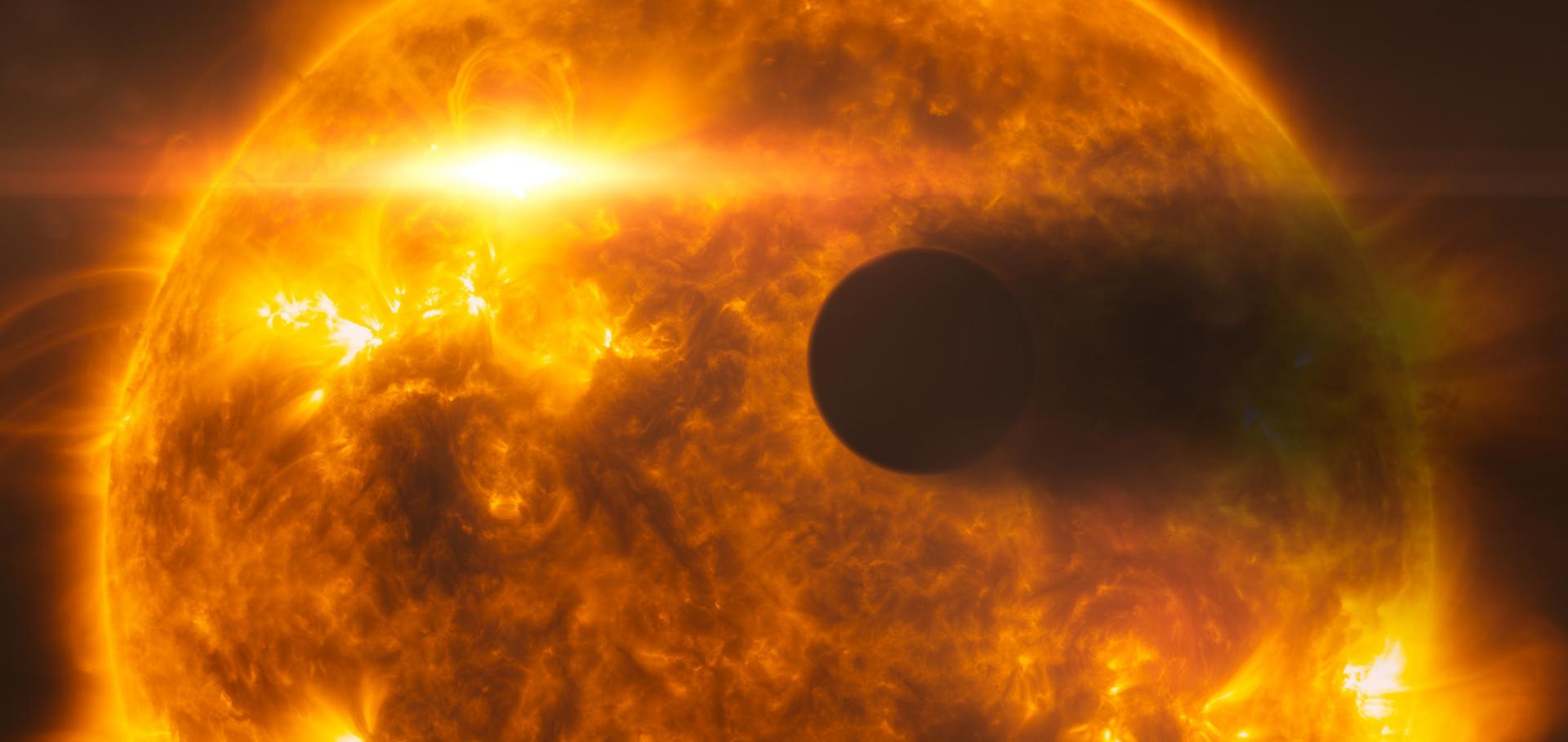Transiting exoplanets from the CoRoT space mission I - CoRoT-Exo-1b: a low-density short-period planet around a G0V star
(2008)
Transiting exoplanets from the CoRoT space mission II. CoRoT-Exo-2b: A transiting planet around an active G star
(2008)
Transiting exoplanets from the CoRoT space mission III. The spectroscopic transit of CoRoT-Exo-2b with SOPHIE and HARPS
(2008)
Reconstruction of the transit signal in the presence of stellar variability
(2008)
The Monitor project: Rotation of low-mass stars in NGC 2362 - Testing the disc regulation paradigm at 5 Myr
Monthly Notices of the Royal Astronomical Society 384:2 (2008) 675-686


